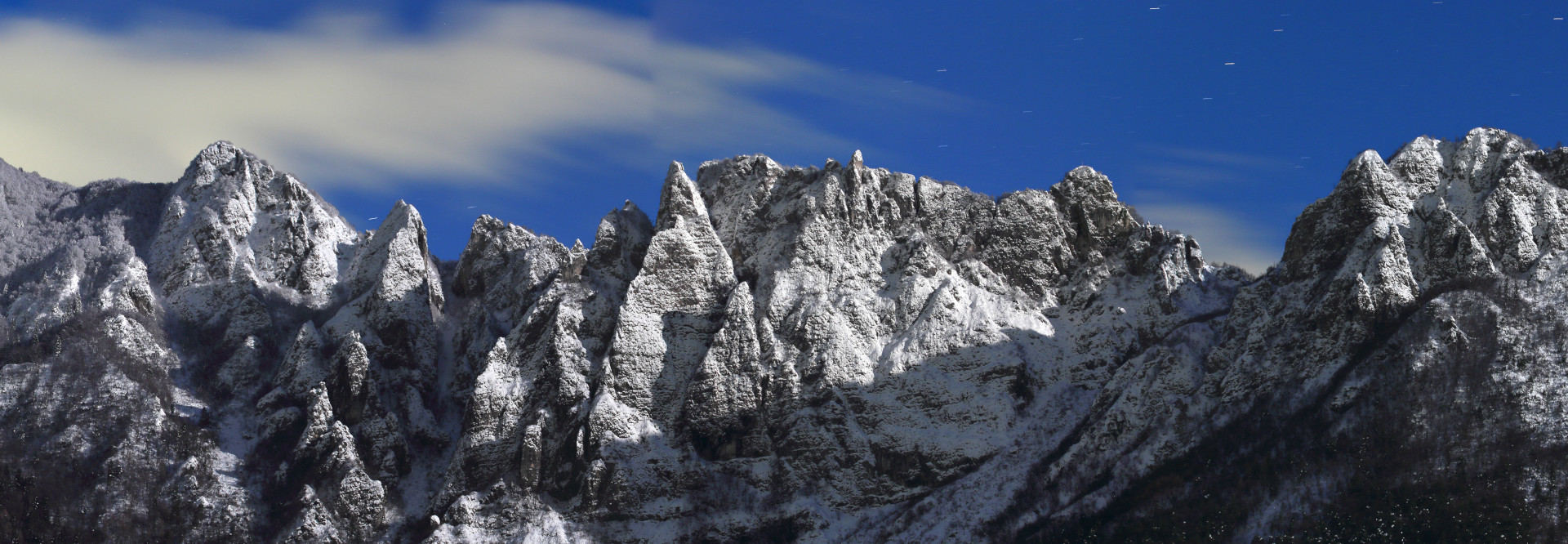Galassie in fusione – Merging Galaxies
In occasione del diciottesimo compleanno del telescopio spaziale Hubble, il 24 di aprile, la NASA e l’ESA hanno rilasciato un mosaico di 59 differenti fotografie di galassie che di stanno fondendo. Le docici che vedete rappresentate qui sono solo le prime (il link alla pagina ufficiale è in fondo al post). La collezione comprende immagini di maestose galassie spirali, di ponti stellari sospesi nello spazio, per non parlare di tutte quelle forme bizzarre e indescrivibili che vengono create dalla forza di gravità, il motore delle galassie. C’è da perderci ore a guardarle, non lasciatevele scappare!
As a present to Hubble’s eighteenth birthday, on 24 of April, NASA and ESA relased an image-mosaic made with 59 photos of merging galaxies. In this image you can see only 12 of them (the link to the official page is at the end of the post). This huge collection includes images of magnificent spiral galaxies, images of stellar bridges suspended in space and many other wonderful shapes that gravity creates. You can loose hours in looking them, don’t leave them unseen!
Nebulosa Aquila – Eagle Nebula
Questa fotografia è piuttosto famosa, tanto che ne ho un poster appeso in camera 😉 ; vedete una struttura di gas della Nebulosa Aquila alla quale sta succedendo esattamente la stessa cosa che succede alla Nebulosa della Carena, della quale ho parlato poco tempo fa: la forte radiazione luminosa emessa dalle stelle che si sono formate nei dintorni della nube la sta erodendo, proprio come sulla Terra la pioggia erode le rocce. I suoi bordi, diventando incandescenti, iniziano a rilucere, come si può vedere bene alla base del pilastro. Questi processi innescano la formazione di nuove stelle e, col tempo, la colonna di gas si abbasserà sempre di più, lasciando dietro di sè una scia di nuove e giovani stelle. La foto è stata presa con la fotocamera ACS: il blu corrisponde alla radiazione emessa dall’ossigeno ionizzato e il rosso a quella dell’idrogeno. Da un capo all’altro la massa di gas è lunga due volte la distanza tra il Sole e Proxima Centauri, la stella più vicina. Direi che per oggi può bastare, alla prossima!
This photo is quiet famous: I’ve a poster of it in my bedroom 😉 ; you can see a gas structure inside the Eagle Nebula which is in the same situation of Carina Nebula’s ones: it’s being eroded by light emitted by nearby stars, just as like as rain erodes rocks on earth. His boiling edges shine, as you can see at the base of the pillar. These processes also start new star formation and over time the column will lower down leaving behind herself a trail of young stars. The photo has been taken with Hubble’s ACS Camera: the blue is exited oxygen’s radiation, the red is hydrogen’s one. The entire gas structure is as long as twice the distance between the Sun and Proxima Centauri, our nearest star. It’s all for today, see you soon!
Links:
- La scheda sul sito di Hubble – The photo relase news on Hubble’s site: http://www.spacetelescope.org/news/html/heic0810.html










